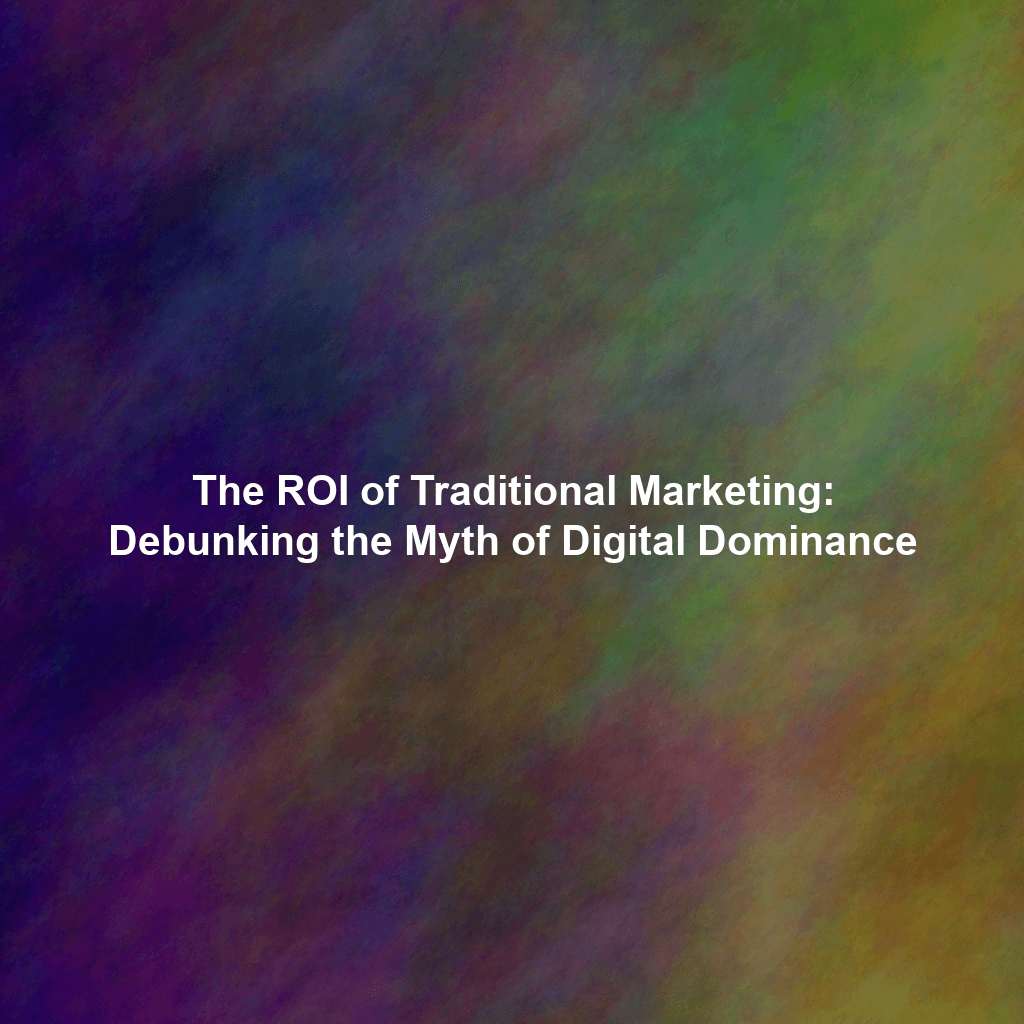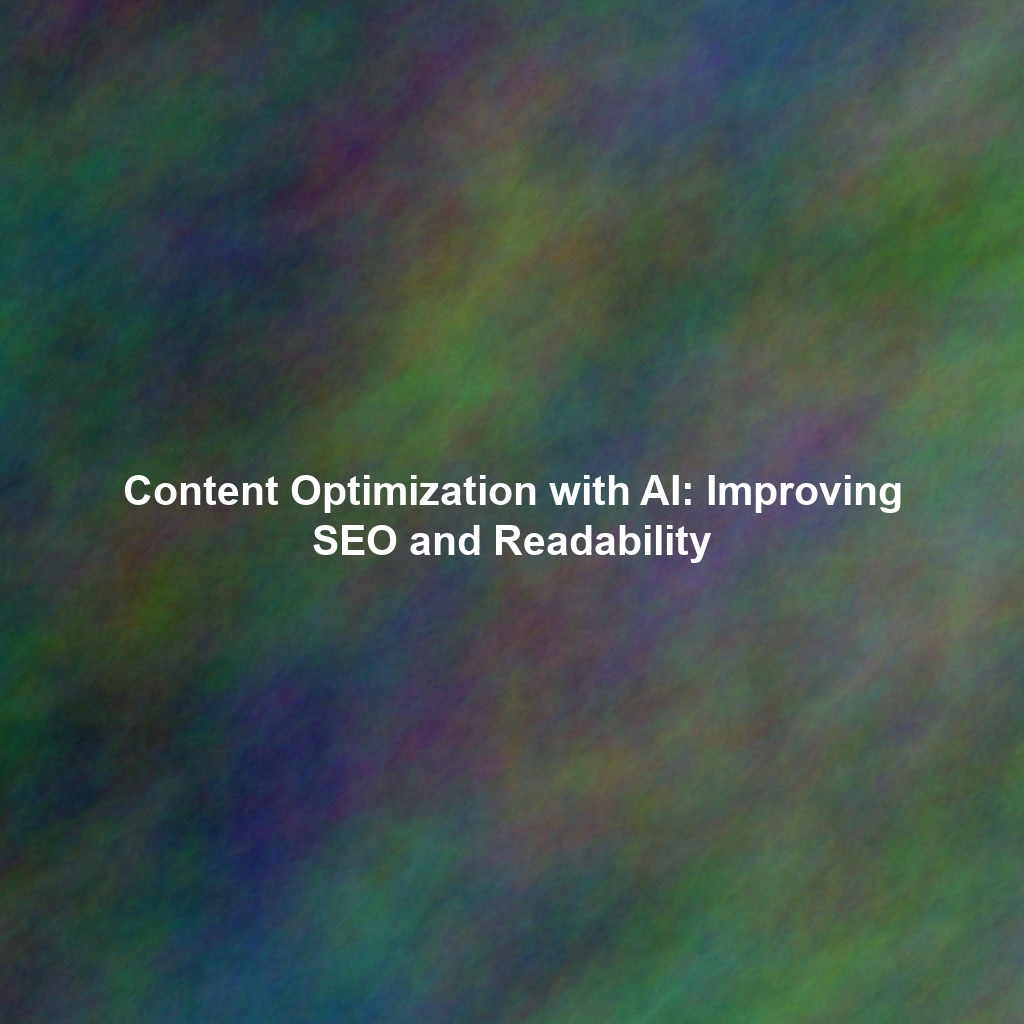In today’s marketing landscape, digital channels reign supreme, or so it seems. Many believe traditional marketing is a relic of the past, an outdated strategy with little to no return on investment (ROI). But is this really the truth? The reality is far more nuanced. While digital marketing undeniably holds immense power, dismissing traditional marketing altogether is a costly mistake. This article dives deep into the ongoing relevance and effectiveness of traditional marketing methods, debunking the myth that they are obsolete and offering insights into measuring their true ROI.
The Enduring Power of Traditional Marketing
Traditional marketing encompasses methods like print advertising (newspapers, magazines, brochures), television and radio commercials, direct mail campaigns, and outdoor advertising (billboards). Despite the rise of digital, these channels still offer unique advantages:
- Wider Reach: While digital is powerful, not everyone is online. Traditional channels can reach demographics that might be less active on the internet, such as older generations or those in rural areas with limited connectivity.
- Tangibility and Memorability: A well-designed print ad or a catchy radio jingle can leave a lasting impression in a way that a fleeting digital ad sometimes can’t. The physical presence of a direct mail piece can be more engaging than an email.
- Credibility and Trust: For some consumers, traditional media still carries a higher level of credibility than online advertising, which is often perceived as more intrusive or even untrustworthy.
- Building Brand Awareness: Traditional advertising is fantastic for establishing a strong brand presence. Think of iconic brands that are cemented in our minds through years of TV and radio advertising.
Why the Myth of Digital Dominance Persists
The perception that traditional marketing is dying stems from several factors:
- Easier Measurability of Digital: Digital marketing provides readily available data on clicks, impressions, and conversions, making ROI tracking seemingly simpler.
- Lower Perceived Cost: Digital campaigns can often be launched with smaller budgets, giving the illusion of cost-effectiveness.
- Trend Hype: The constant buzz around new digital technologies often overshadows the proven effectiveness of traditional methods.
Integrated Marketing: The Best of Both Worlds
The most effective marketing strategies leverage the strengths of both digital and traditional channels. Integrated marketing creates a cohesive and consistent brand experience across all touchpoints. Here’s how:
- Synergy and Amplification: Traditional ads can drive traffic to websites and social media pages. Digital ads can retarget users who have interacted with traditional campaigns.
- Consistent Messaging: Ensuring the same brand voice and message across all channels reinforces brand recognition and builds trust.
- Targeted Reach: Use traditional media to reach a broad audience and then use digital channels to target specific segments with personalized messages.
Case Studies: Integrated Marketing Success
Example 1: Local Restaurant Campaign A local restaurant ran a direct mail campaign with coupons and a QR code linking to their online menu and online ordering system. They simultaneously ran social media ads targeting people within a specific radius of the restaurant. This integrated approach resulted in a significant increase in both dine-in and online orders.
Example 2: National Retail Chain A national retail chain used TV commercials to promote a seasonal sale and encouraged viewers to visit their website for exclusive online deals. They also used retargeting ads to reach those who had watched the commercial, reminding them of the sale and driving them to purchase online or in-store. Sales saw a significant boost, and in-store foot traffic increased measurably.
Measuring the ROI of Traditional Marketing
While measuring the ROI of traditional marketing can be more challenging than tracking digital campaigns, it’s certainly not impossible. Here are several methods you can use:
- Unique URLs and Landing Pages: Direct traffic from traditional ads to specific landing pages with unique URLs to track conversions.
- Promo Codes: Include unique promo codes in print ads, direct mail pieces, and radio commercials to track which channel is driving sales.
- Call Tracking: Use unique phone numbers for different advertising channels to track inbound calls generated by each campaign.
- Brand Lift Studies: Conduct surveys before and after a campaign to measure changes in brand awareness, perception, and purchase intent.
- Foot Traffic Analysis: Track foot traffic to physical stores during and after a campaign to measure its impact on in-store sales.
- Sales Data Correlation: Analyze sales data alongside traditional marketing campaign timelines to identify correlations and attribute revenue.
Key Metrics to Track
Here are some specific metrics to focus on when measuring the ROI of traditional marketing:
- Reach and Frequency: How many people are you reaching and how often are they seeing your message?
- Response Rate: What percentage of people are responding to your call to action (e.g., visiting a website, using a promo code)?
- Cost Per Acquisition (CPA): How much does it cost to acquire a new customer through each channel?
- Return on Ad Spend (ROAS): How much revenue are you generating for every dollar spent on advertising?
Conclusion: Traditional Marketing Still Matters
The notion that traditional marketing is dead is a myth. While digital marketing is undeniably powerful, traditional channels still offer unique advantages and can be highly effective when integrated strategically. By understanding the strengths of each channel and using appropriate measurement techniques, businesses can create comprehensive marketing campaigns that maximize their ROI and achieve their business goals. Don’t dismiss traditional marketing; embrace it as a valuable tool in your marketing arsenal.
 Skip to content
Skip to content

